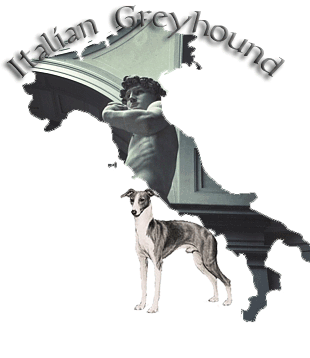|
The Italian Greyhound is the smallest of the family of gazehounds (dogs that hunt by sight). The breed is an old one and is believed to have originated more than 2,000 years ago in the countries now known as Greece and Turkey. |
By the Middle Ages, the breed had become distributed throughout Southern Europe and was later a favorite of the Italians of the sixteenth century, among whom miniature dogs were in great demand. It is, in fact, due to its popularity in Italy at this time that the breed became known as the "Italian Greyhound." From this period onward the history of the breed can be fairly well traced as it spread through Europe, arriving in England in the seventeenth century.

Gerard David, 'The Virgin and Child with Saints and
Donor',
probably 1510. London, The National Gallery. ![]()
They were frequently included in the Renaissance paintings of such artists as Giotto, Carpaccio, Memling, Van der Weyden, Gerard David, Hieronymus Bosch and others.
.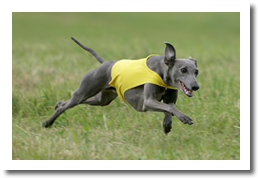
PHOTOGRAPHER: PEPPER NIX
He is rather luxury loving and enjoys the comfort of an apartment; at the same time being a true hound, he likes exercise and outdoor activities, weather permitting
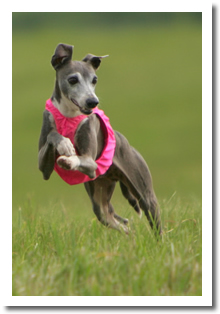
PHOTOGRAPHER: PEPPER NIX
The first volume of the English Kennel Club's stud book listed 40 of the breed and Volume III of the AKC's Stud Book (1886) contains the first Italian Greyhound registration in this country.
Following both World Wars the breed was in danger of extinction. Fresh stock was imported into England from the United States. The last twenty years have seen the breed enjoying its greatest recorded popularity ever.
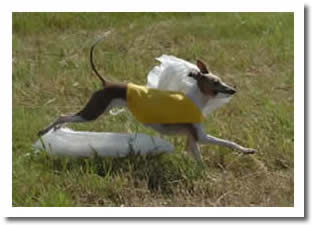
PHOTOGRAPHER:
SHOT ON SITE
The Italian Greyhound is a true greyhound, his small size the result of selective breeding. There is some difference of opinion as to whether he was originally bred for hunting small game or was meant to be simply a pet and companion. It seems most likely that he filled both roles, and for this reason he is very adaptable to both city and country living.
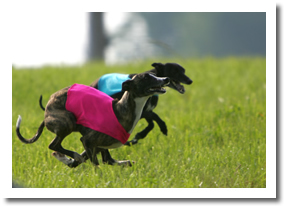
PHOTOGRAPHER: PEPPER NIX
Although giving the impression of fragility, the breed is hardy, seldom ill, and thrives in such northern countries as Sweden and Finland, housed indoors.
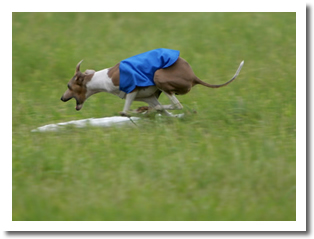
PHOTOGRAPHER: PEPPER NIX

PHOTOGRAPHER: PEPPER NIX
The Italian Greyhound can weigh as little as 7 lbs. or as much as 14 or 15 lbs., but the average weight is about 10 lbs. His coat is short and smooth and requires little grooming. He is odorless, sheds little, and is not yappy. When he does bark, his voice is rather deep for his size.
